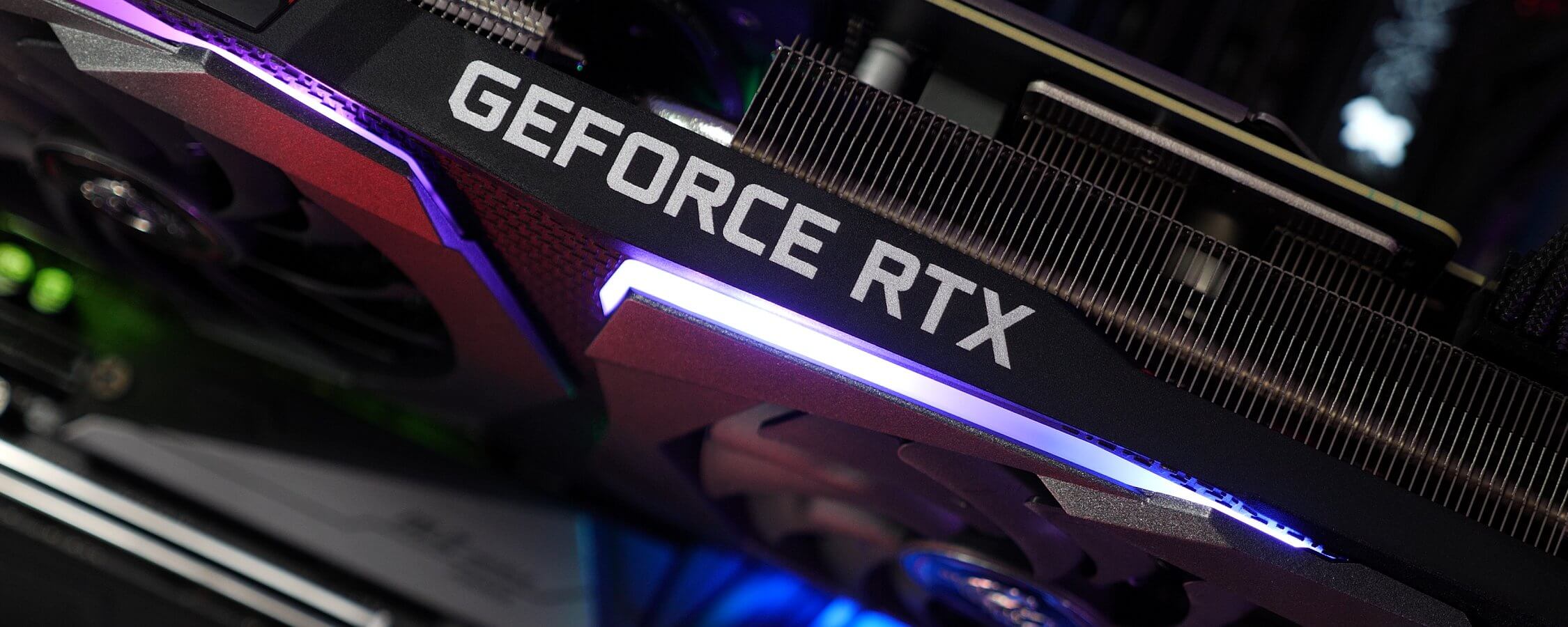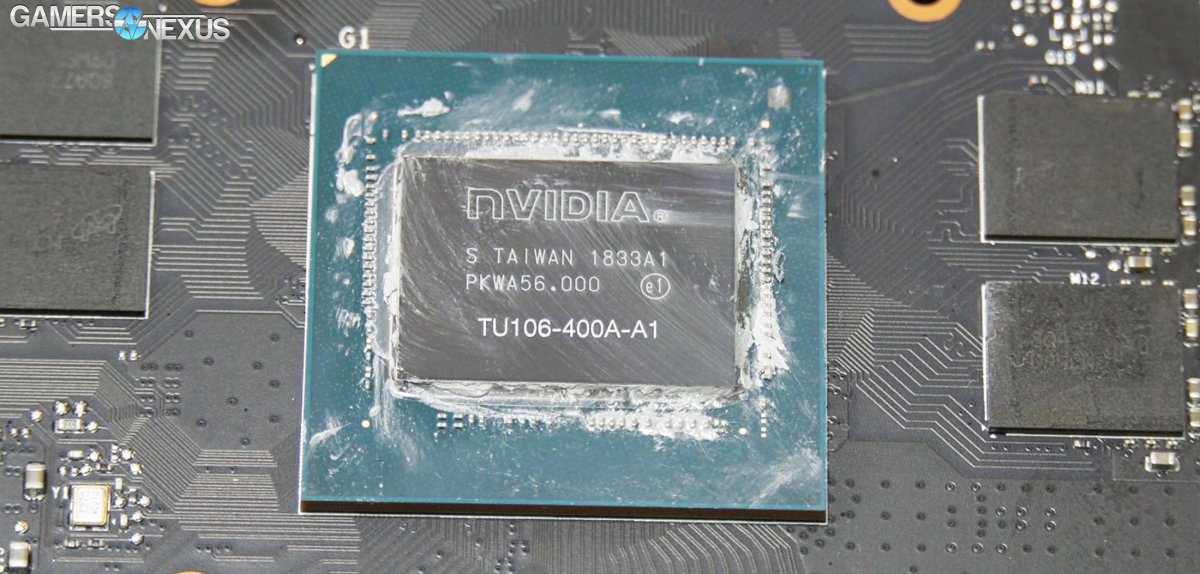What just happened? Nvidia appears to be speed binning its RTX 2070 GPU, presumably selling more capable chips to partners at a premium which are then passed along to consumers for more money. The practice was quite common in the earlier days of overclocking as enthusiasts would seek out binned CPUs in hopes of pushing them to new heights.

Nvidia over the summer unveiled its new line of GeForce RTX 20 Series GPUs based on the Turing microarchitecture. Most of the headlines at the time were dedicated to the higher-end 2080 cards but it’s the RTX 2070 that is garnering attention this week.
Steve Burke from Gamers Nexus recently came into possession of two different GeForce RTX 2070 cards from EVGA, the $569.99 GeForce RTX 2070 XC Ultra Gaming and the $499.99 GeForce RTX 2070 Black Gaming. Both cards appear identical as it relates to raw specifications save for the fact that the XC Ultra Gaming sports a boost clock of 1,725MHz versus the 1,620MHz boost clock on the Black Gaming.

Upon further inspection, Burke discovered the two cards utilize slightly different GPUs. The XC Ultra Gaming is labeled as TU106-400A-A1 while the Black Gaming carries the TU106-400-A1 marking.
Based on this discovery, it would seem as though revision “A” is a binned part from Nvidia that is able to run at a faster boost clock.
As you may know, semiconductor fabrication is far from a flawless process. It’s not uncommon for otherwise identical CPUs, GPUs and RAM to roll off the assembly line with vastly different operating characteristics. When this happens, hardware is put through an internal testing phase to determine which bits of silicon can successfully operate at a given frequency, voltage and / or temperature. Parts that don’t meet minimum requirements may be underclocked and sold as cheaper models.
Second image courtesy Gamers Nexus
https://www.techspot.com/news/77262-nvidia-speed-binning-geforce-rtx-2070.html